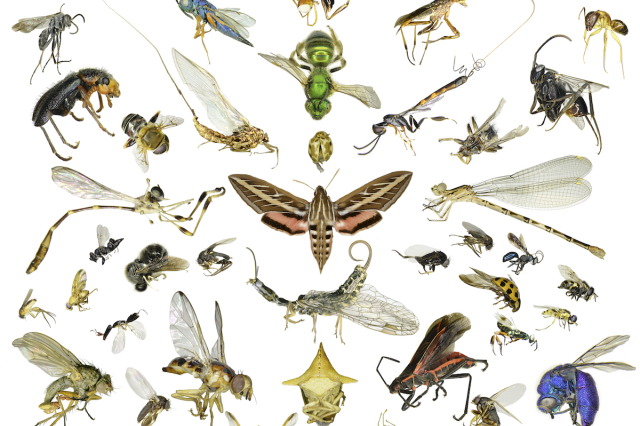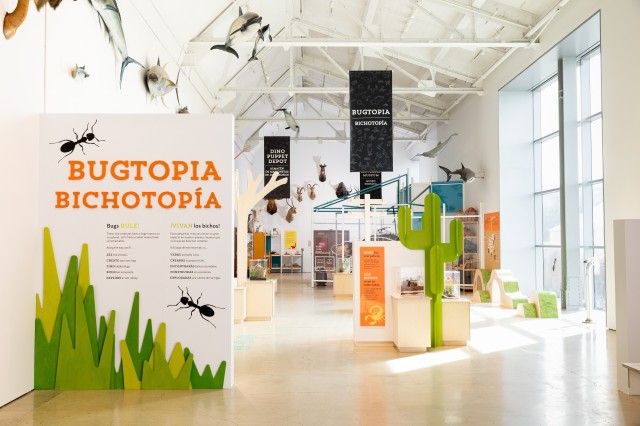Ants Are Her Business: Meet Dr. Megan Barkdull, Our New Entomology Curator
Welcome one of NHM’s two new Entomology Curators and discover some of the secrets hiding in ant DNA
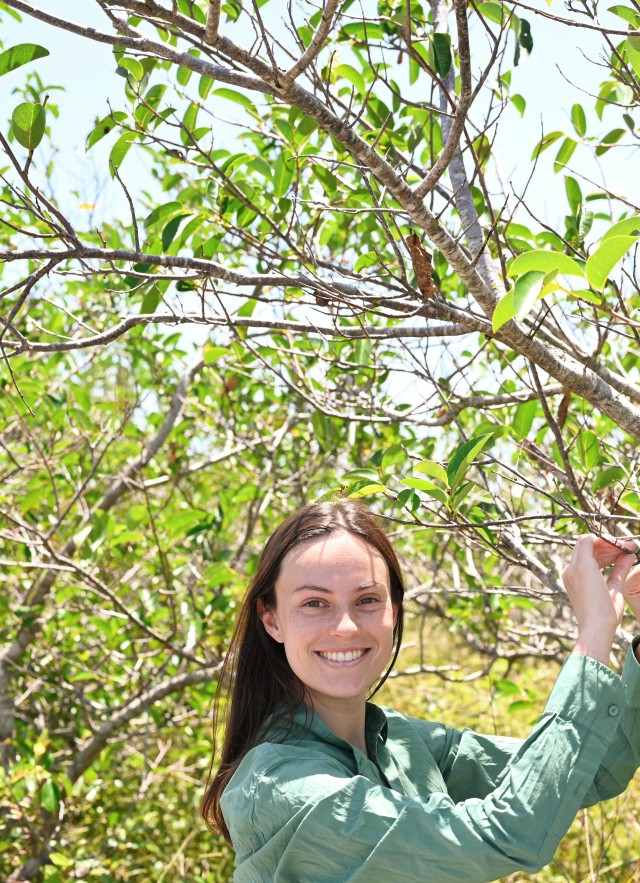
Published November 10, 2025
Queen of the Turtle Ants
There’s like a quadrillion ants on Earth—that’s one with 15 zeros on it— but there’s only one curator at NHM who makes ants her business: entomologist and evolutionary biologist Dr. Megan Barkdull, one of two new Entomology Curators to join the Museum’s staff in 2025.
“I was always drawn to them [insects],” she says. Insects also drew her away from medical school to a PhD in Ecology and Evolutionary Biology at Cornell University, always with an eye towards working in natural history museums.
“Collections are the backbone of so much research that not just scientists at museums do, but also all scientists: folks at universities and in government, and even in for-profit companies,” says Barkdull. “These natural history collections are truly the only time machine that exists on Earth. The only way that you can go back in time and have a sample of an ant that was crawling around a hundred years ago and be able to measure that ant, or even sequence its genome, is because someone collected that ant, deposited it in a natural history museum, and curators and collections managers for the next hundred years took care of that collection so that it still exists and is usable today.”
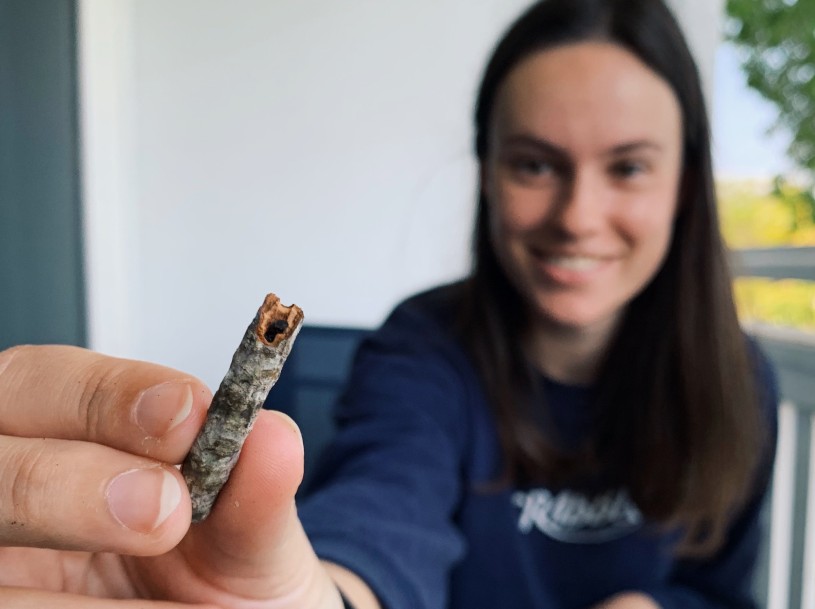
Specifically, Dr. Barkdull is using that time machine to study a group commonly called turtle ants. The tree-dwelling genus Cephalotes contains more than a hundred species that, like their namesakes, hide their antennae and legs under an outer shell to protect themselves, but Barkdull’s more interested in the big shield-shaped heads of their soldier morphs—and how they’re making those soldiers in the first place.

Turtle ants have a social system where a colony’s single queen produces smaller worker ants that do most things the colony needs, but also bizarrely disc-headed soldiers who do basically one thing. “They pretty much just sit there inside of hollow twigs and use that as a living door to block entrances into the nest,” says Barkdull. Picture a ninja turtle pulling the manhole cover behind them, but the manhole cover is their actual head. Turtle ants produce queens, workers, and soldiers from the exact same genetic blueprint, and Barkdull’s research focuses on how and when those genes work.

“I use different approaches from developmental biology and evolutionary biology approaches to ask at an immediate scale, how are they doing that? What are the genes that they're turning on and off to make those different kinds of adults? And then how did that sort of mechanism evolve and come into being over the course of the millions of years that these ants have been evolving?”
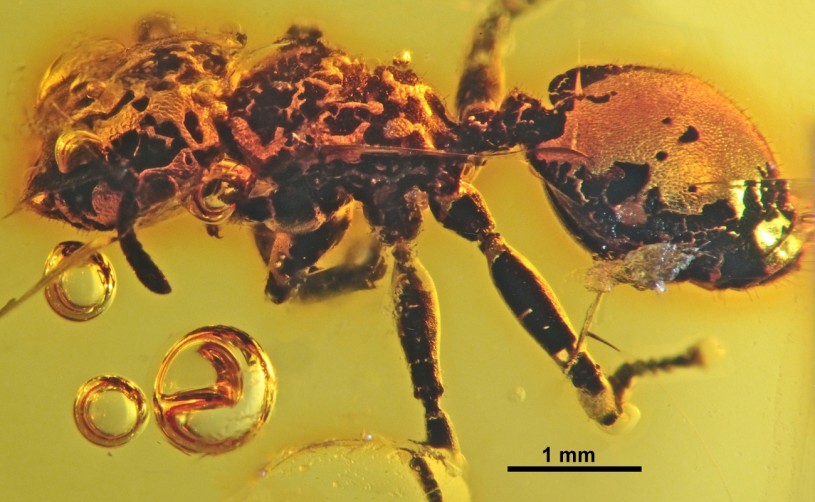
It turns out this feat is accomplished through turning off and on thousands of genes. Through molecular analysis and close examination of the roughly 50 million years of turtle ant family tree, Barkdull has found that the ability to make soldiers has evolved three times, and by comparing soldier-making species and ones that don’t make soldiers, she’s found that turtle ants are recycling ancient genes to create new traits. While she continues to shake the turtle ant family tree and scour their genetic history for more answers, Barkdull is also pursuing other entomological research pathways.
Islands of Ants: Landscape Genomics
Barkdull is also using genes to understand how California’s native harvester ants are dealing with shrinking habitats and invasive Argentine ants.
“The other thing that I'm really, really excited about here at the Museum is going back to my undergraduate research by doing landscape genomics,” says Barkdull. Landscape genomics looks at how patterns of genetic diversity are distributed across a landscape and what those patterns reveal about how different populations are connected or isolated from one another. Genes can tell us whether animals are successfully traveling between ever-shrinking habitat patches and successfully interbreeding with other populations, key indicators for whether a species can survive or needs more meaningful protection.
“Harvester ants are really big, for ants, and easy for folks to see. They're also generally very active during the day. They have these huge underground nests, come up during the day, and go out and forage for seeds, hence why they're called harvester ants,” says Barkdull. “They're especially kind of interesting in L.A. and Southern California because they historically would have been much more abundant, and they've actually really suffered a decline because of both land use changes and then the invasive Argentine ants that we have around here.”
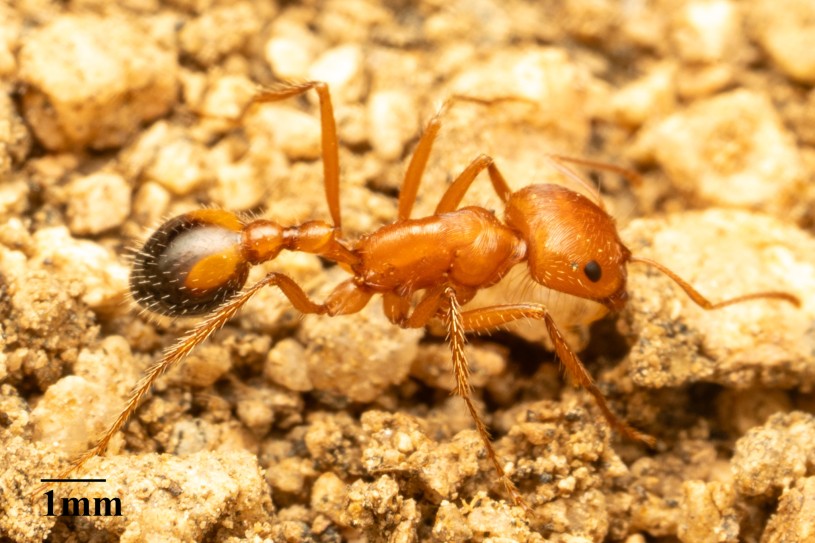
The same development choices that have pushed harvester ants out have let invasive Argentine ants thrive, resonating with some of the issues humans face in our own neighborhoods. The irrigated lawns of suburban sprawl provide the moisture the invasive ants crave and help the newcomers out-compete our native ants, but not everywhere. “The places where you do tend to still see the harvester ants around L.A. are these more neglected, not landscaped, scrubbier kinds of areas. So, it's a really cool example of how biodiversity can still persist and hang on in cities in places where people might not be looking for nature.”
Barkdull will launch a new community science project to better understand this dynamic relationship. In the meantime, she’s encouraging folks to capture photos of our big L.A. ants and upload them to iNaturalist.

Protecting Ant Hill Earth
Along with other Entomology staff, Dr. Barkdull is spearheading the California Insect Barcoding Initiative (CIBI), a statewide effort to document every insect species in California. The resulting barcodes will help deepen our understanding of insect diversity in the state, and all of this research can help us better understand how to protect threatened species amid a changing climate and habitat loss. Now more than ever, our planet needs innovative museum science like CIBI to get a grip on the crises facing our planet.
“The general consensus among scientists is that Earth is currently experiencing its sixth mass extinction and that is directly the result of human impacts to our environment, whether that's climate change, whether that's habitat loss and habitat fragmentation,” says Barkdull. “That is obviously incredibly tragic. That can be really demoralizing to think about, especially as a scientist working in this area. But the thing that's hopeful about it is that there is going to be no better time to take action on those issues than right now. The sooner we start making changes and start understanding what's going on, the sooner we have the opportunity to have the biggest impact on the trajectory of our planet's future.
